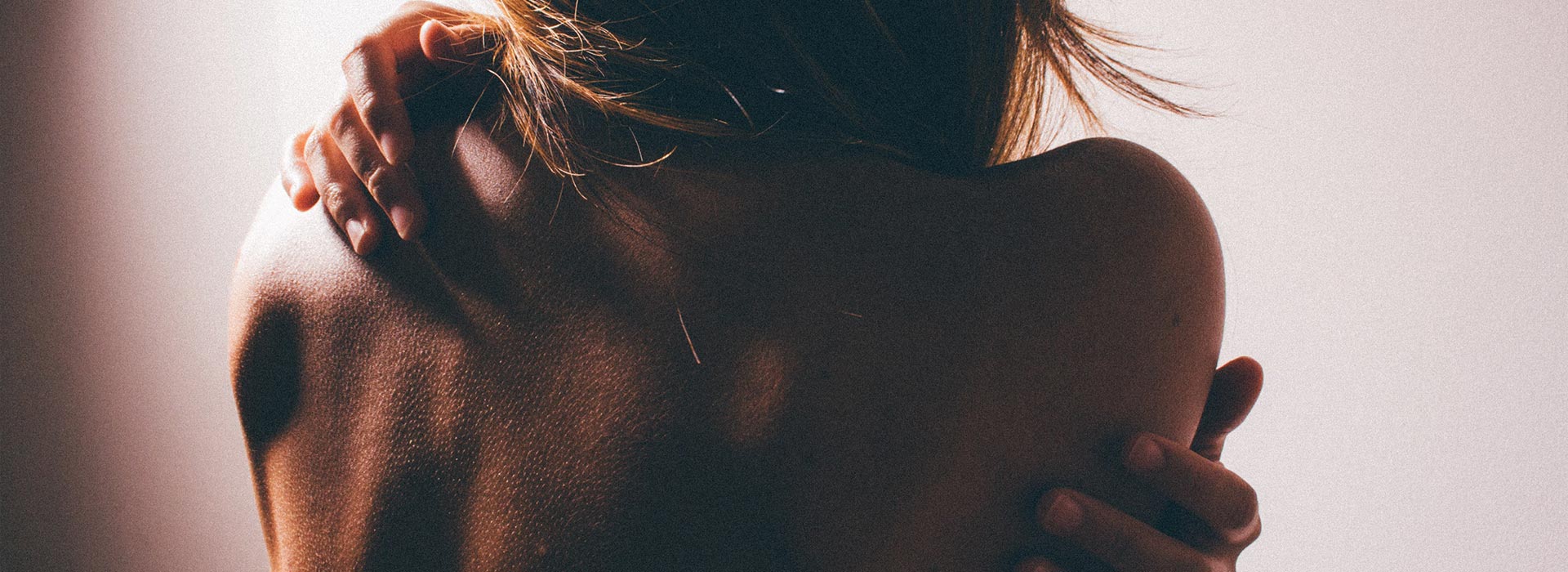About 80% of all people suffer at least once during the course of their lives under back pain in their upper cervical spine (upper back), thoracic spine (middle back), or lumbar spine (lower back). Most people even often or chancily experience pain. Good news is, that of the 80% another 80% of the issues can be alleviated without surgery. Active and passive physiotherapy is supportive to this progress.
But what if an appointment with a physician or therapist has not been scheduled yet? Or if the pain has only manifested itself within the past couple of days? We’ve collected a couple of simple methods for you which could help soothe the pain quickly.
How to reduce the pain
Many people have experienced this, a movement taken too quickly and the deed is done. A searing pain in the neck or in the back. Here are some tips how to lessen the bothering pain yourself:
1. Warming or cooling: This promotes circulation and the muscles release, causing the pain to reduce. Whether warmth or cooling helps differs from each individual, sometimes even interchanging both immediately helps well. This effect of circulation is increased with massages.
2. Movement: It’s always worth a shot to try to stimulate the muscles with gentle movements such as slight turning or tilting of the head. The tense muscles are meant to be stimulated, without working onto the pain point. Often this works and the tens muscle releases.
3. Moderate stretching: Pain in the lower back often means a tense M. Quadratus Lumborum. This muscle is our “filet”, is situated between the pelvic crest, spine and the lower ribs and radiates into the abdominal fascia running transversely. In some cases this muscle is easily stretched via the opposite lateral position: Lie on your pain-free side. The leg of the “pain-side” lies straight, with the other leg hanging over, weighted by gravity. Best is to perform this stretch on the bed, so that the hanging leg can hang over the side of the bed, allowing you to reach the desired stretching position. Make sure not to push further than the point of beginning pain.
4. Release position: Nearly all patients may find a release position without noticing. In the lumbar spine region, patients experiencing pain relief by sitting down, the so-called psoas position. The patient lies on their back with elevates lower legs on cushions or big pillows. This causes the knees and hips to bend (best at 70° and 90°) and with the change of position of the pelvis, joint pain in the spine and Iliosacral joint change. In this way, night pains can be soothed.
But often the source of back pain is a muscular imbalance, or the result of misload going on for months or even years and unknowingly adopted during work or free-time. This is the optimal breeding ground for chronic pain.

